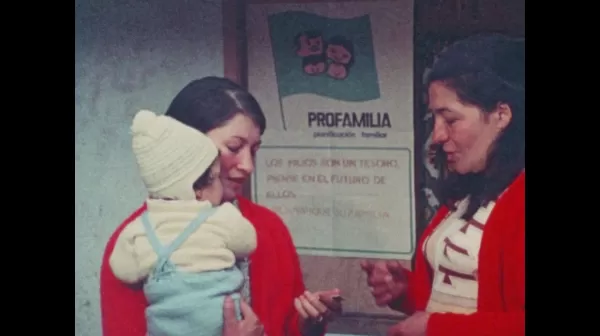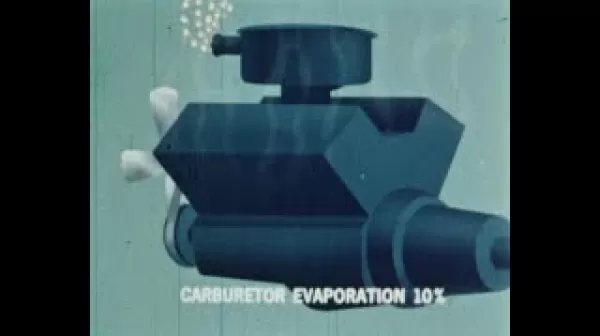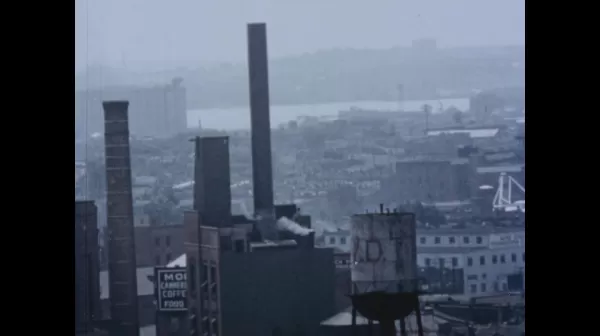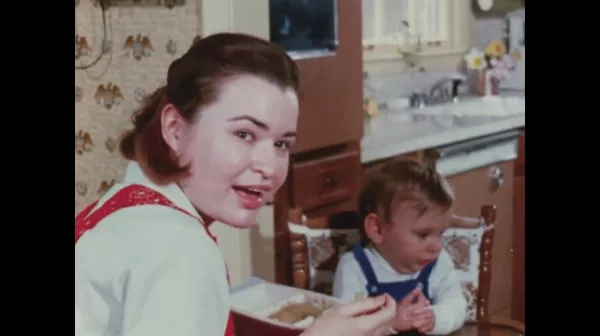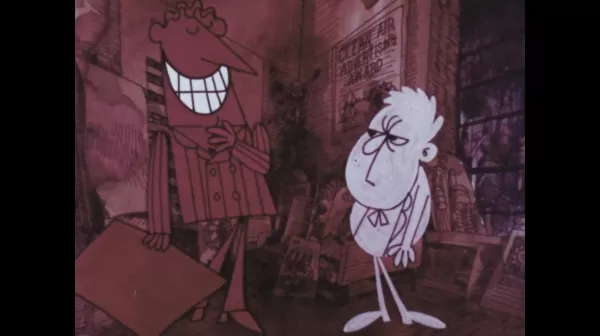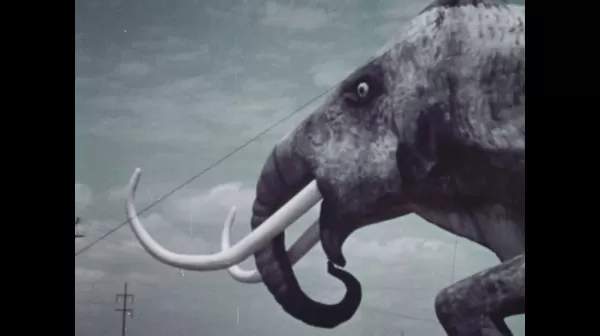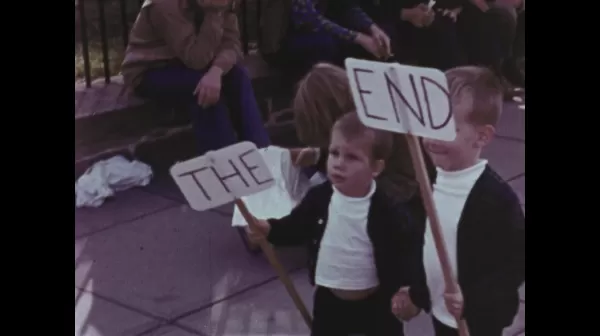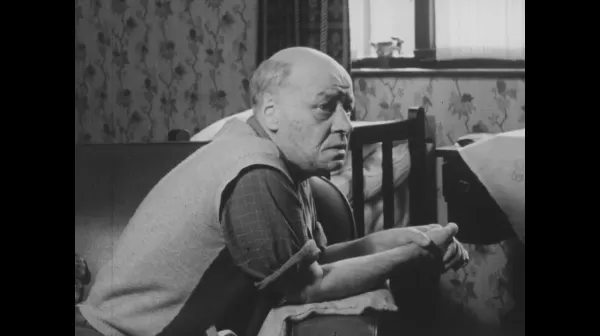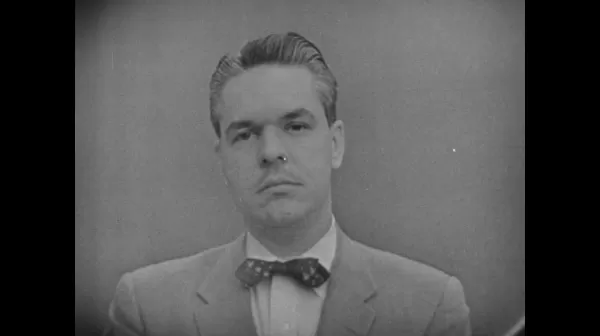The City: Implications for the Future (Airlie Productions, 1977)
Focusing on Bogotá, Colombia as a case study, this film discusses reasons for rural-to-urban migration, and the consequences of that population shift. Homes and land are scarcer, and rural farming skills don't suit urban factory jobs. Large families aren't the asset they might be in other settings. The film profiles a successful "community-based distribution" (CBD) program sponsored by Profamilia, which assures easy access to contraceptives, providing an alternative to a large family that may not be the best choice for all households.

